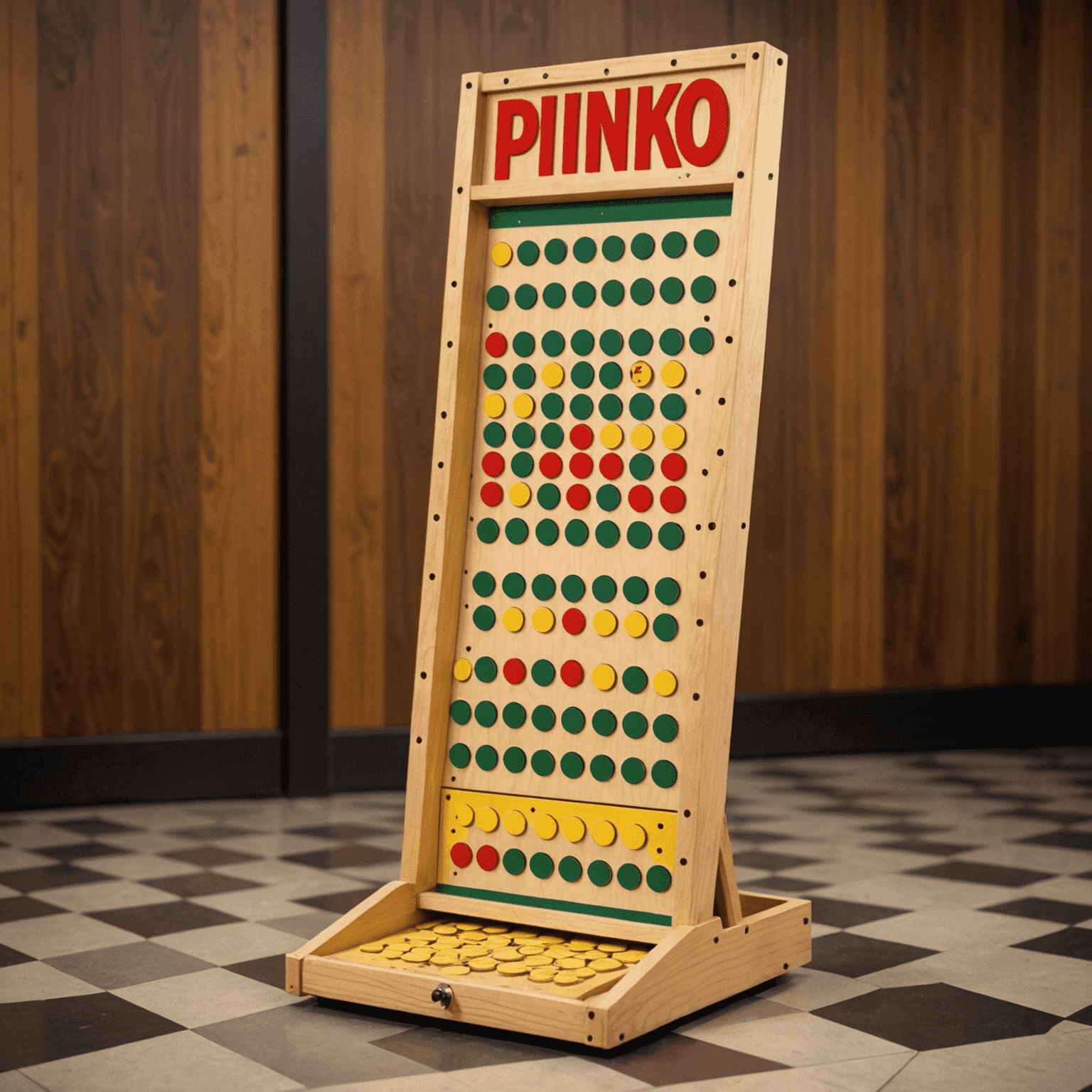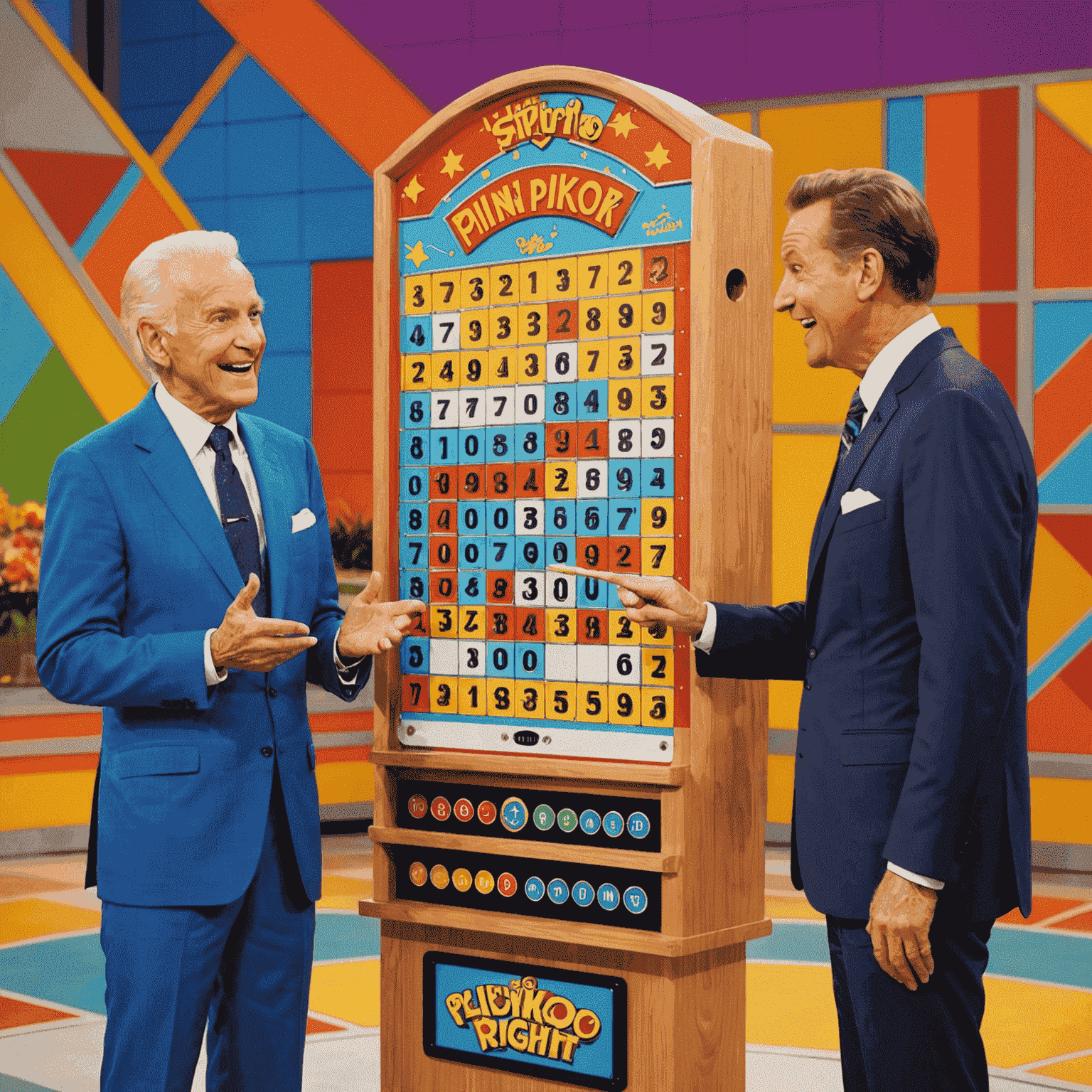The History of Plinko: From TV to Tabletop

Plinko, a game that has captivated audiences for decades, has an intriguing journey from its television debut to becoming a beloved tabletop game. This article explores the fascinating evolution of Plinko and its enduring appeal across generations.
Origins on The Price is Right
Plinko made its first appearance on the popular American game show "The Price is Right" in 1983. Created by producer Frank Wayne, the game quickly became a fan favorite due to its simple yet exciting gameplay. Contestants would drop chips down a large pegboard, watching with anticipation as the chips bounced unpredictably towards various cash prizes at the bottom.

Rise to Fame
The game's popularity on television was immediate and long-lasting. Viewers were drawn to the suspense and the element of chance that Plinko offered. The distinctive sound of the chip bouncing down the board became iconic, and "Plinko" entered the cultural lexicon as a synonym for unpredictable outcomes.
Transition to Tabletop
As Plinko's fame grew, it was only natural for it to make the leap from TV screens to living rooms. Toy manufacturers recognized the game's potential and began producing smaller, tabletop versions for home play. These adaptations maintained the core excitement of the original while making it accessible for families and friends to enjoy together.

Plinko in the Digital Age
With the advent of digital technology, Plinko has found new life in video games and mobile apps. These digital versions offer the same thrill as the physical game, with the added convenience of play-anywhere accessibility. Some online casinos have even incorporated Plinko-style games into their offerings, further expanding its reach.
Educational Applications
Beyond entertainment, Plinko has found its way into educational settings. Teachers and professors use Plinko-like demonstrations to illustrate concepts in probability, statistics, and physics. The game's unpredictable nature serves as an excellent tool for explaining random distribution and the laws of motion.
Enduring Appeal
What makes Plinko so enduringly popular? Its simplicity is a key factor – the game is easy to understand but difficult to master. The element of chance keeps players engaged, as each drop of the chip brings new possibilities. Moreover, Plinko's visual and auditory appeal – the sight of the chip zigzagging down the board and the sound of it hitting the pegs – creates a satisfying sensory experience.

Conclusion
From its humble beginnings as a television game show segment to its current status as a versatile game enjoyed in homes, classrooms, and digital platforms, Plinko has proven its staying power. Its journey reflects not just the evolution of a single game, but the changing landscape of entertainment and the enduring human love for games of chance. As Plinko continues to adapt and find new audiences, it remains a testament to the power of simple, engaging gameplay.